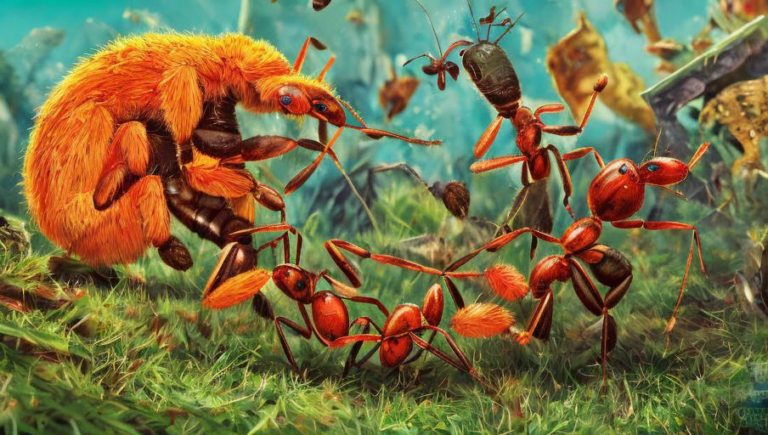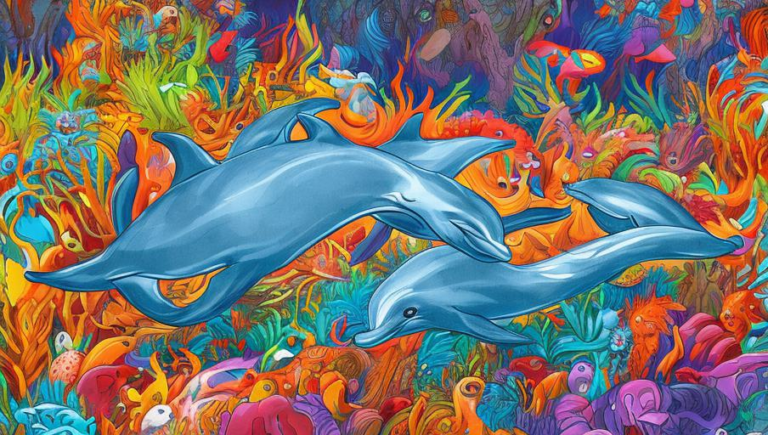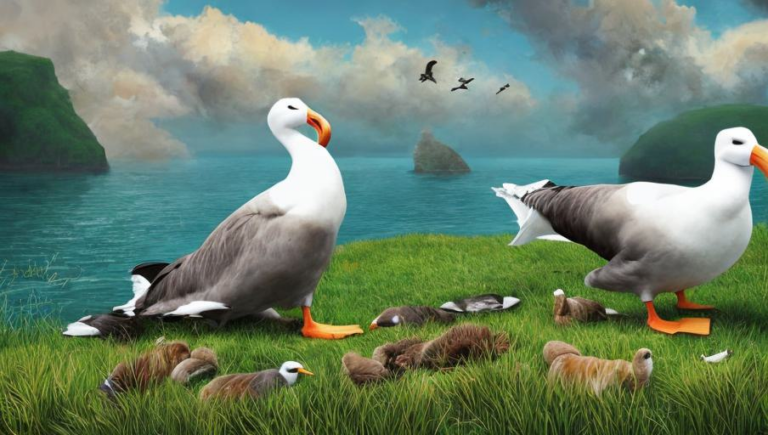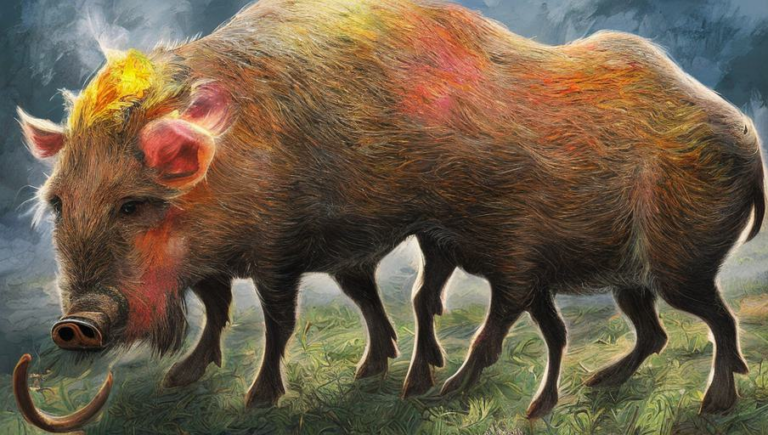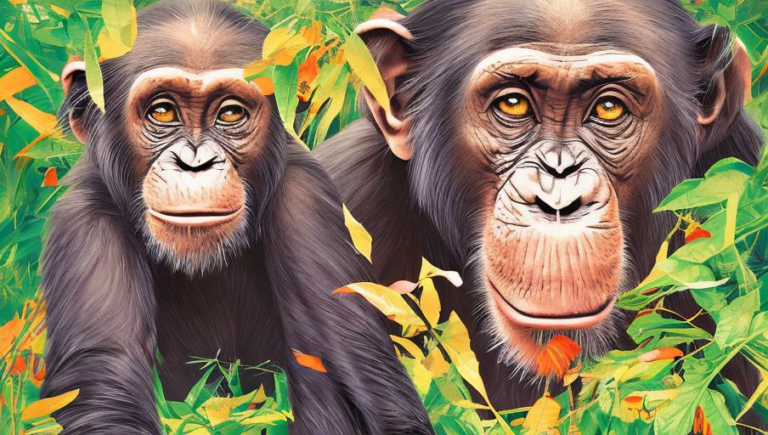Aardvark Anatomy: Exploring the Structure of the Animal
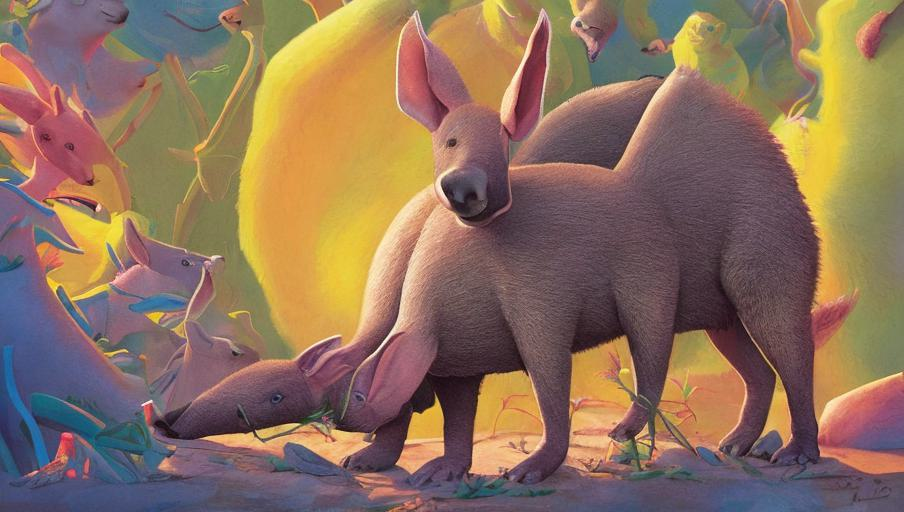
Introduction
The aardvark is a fascinating mammal belonging to the Tubulidentata order. It is the only living mammal in this order, meaning it is a unique species. It can be found living in various parts of Africa, including the savannas, grasslands, and scrublands. The aardvark is an intriguing creature, with an array of unique physical features and behaviors. In this article, we will explore the anatomy of the aardvark and some of the ways it interacts with its environment.
Anatomy
The aardvark has a long, slender body that is covered in a sparse layer of fur. Its head is elongated and has a pointed snout, which is used to sniff out prey. Its ears are large and round, and its eyes are small and beady. Its tail is also long and thin, and it is covered in fur. The aardvark has four legs that are short and powerful, and its paws have five toes that are tipped with sharp claws for digging.
Digging
One of the most remarkable features of the aardvark is its ability to dig. It digs deep burrows in the ground in order to hide from predators and to find its prey. The aardvark has powerful front legs and sharp claws that it uses to dig. It can dig up to two feet deep in just a few minutes.
Diet
The aardvark is an insectivore, meaning it eats mostly insects. It is nocturnal and is most active at night, when it uses its long snout to sniff out its prey. The aardvark will also eat fruits and roots when insects are not available.
Habitat
The aardvark is most commonly found living in the savannas, grasslands, and scrublands of Africa. It prefers to live in areas with sandy soils and plenty of vegetation. It will dig burrows in the ground to hide from predators, and to find its prey.
Reproduction
The aardvark reproduces by mating during the wet season, usually between the months of October and March. The female aardvark will give birth to one or two young after a gestation period of seven months. The young are born blind and helpless, but they quickly grow and become independent after a few months.
Conclusion
The aardvark is a fascinating mammal with an array of unique features and behaviors. Its long snout and powerful claws make it well-suited for digging, and its insectivorous diet allows it to survive in the African savannas, grasslands, and scrublands. Its mating season is during the wet season, and the female aardvark will give birth to one or two young after a gestation period of seven months. The aardvark is an important species in the African ecosystem, and its conservation is crucial for its survival.
